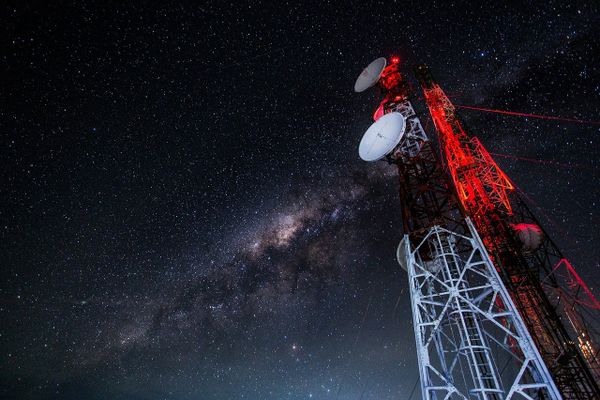Android 12 protects phones from Stingray attacks, lets users disable 2G

Are you worried that someone may be intercepting your phone calls and SMSs? Well, you might not be just paranoid, and it’s not just about spying programs installed on your mobile device.
The privacy and information security community has been warning people for years about stingray attacks, a technique that consists of deploying a device that masquerades as a cell tower, forcing cell phones within range to connect to it. The attackers then intercept all data transmitted. There’s dozens of documented cases in which both law enforcement and private entities deployed stingray attacks to spy on protestors, dissidents or other persons of interest.
The bad news is all mobile phones are vulnerable to this type of attack, and there isn’t much you can do to prevent it. However, there’s also a silver lining. Most of these vulnerabilities have been addressed in 4G, which forces attackers to usually downgrade the connection to 2G, an old standard susceptible to flaws. Until recently, users couldn’t prevent their phones from switching to 2G but, with Android 12, Google has quietly rolled out the option to disable 2G on your Android device.
The setting is turned on by default, and 2G remains active as a backup for emergency calls, no matter what position the toggle is set to. You can manually toggle the 2G switch, though, if you have Android 12 installed and go to Settings, Network and Internet, SIMs, Allow 2G.
Of course, this doesn’t solve the problem entirely, as most Android users are still using older phones, running old OS versions, and iPhone users can’t disable 2G for now, but privacy experts are calling this a big step forward.
tags
Author

Radu is a tech-geek with 15 years of experience in writing, journalism and copywriting. When he’s not writing he’s probably taking something apart, trying to figure out how things work.
View all postsRight now Top posts
How to Protect Your WhatsApp from Hackers and Scammers – 8 Key Settings and Best Practices
April 03, 2025
Outpacing Cyberthreats: Bitdefender Together with Scuderia Ferrari HP in 2025
March 12, 2025
Streamjacking Scams On YouTube Leverage CS2 Pro Player Championships to Defraud Gamers
February 20, 2025
How to Identify and Protect Yourself from Gaming Laptop Scams
February 11, 2025
FOLLOW US ON SOCIAL MEDIA
You might also like
Bookmarks









